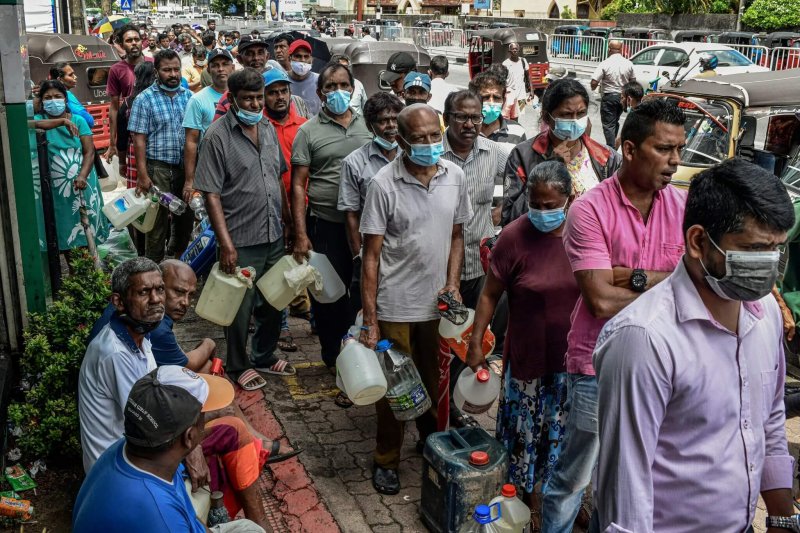Until last year, Sri Lanka, a largely upper-middle income island nation south of India, was largely self-sufficient in food production. Much of the nation’s success in agricultural production was, like most farms around the world, aided by the use of synthetic fertilizers and pesticides. Last year, in an attempt to boost soil health and halt the progression of a kidney disease killing local farmers that was linked by some sources to agricultural chemicals, the president of Sri Lanka, Gotabaya Rajapaksa, imposed a synthetic fertilizer and pesticide ban overnight.
Sri Lankan farmers were not allowed time or resources to transition their fields to organic practices, nor did the government provide access to natural fertilizers. Local production of natural fertilizers had not increased, and no extra nutrients were imported.
Yields for the harvest immediately following the ban fell precipitously, between 20 percent and 70 percent depending on the crop. Rice yields fell by almost half, and key exports like tea, rubber and coconut plummeted. By December 2021, when it was clear that the human health impacts were disastrous, the country’s president decided to end the fertilizer ban.
For agriculture to be truly sustainable, the sector must center its practices across farmer livelihoods as well as their quality of life. In this case, the Sri Lankan government’s creation of haphazard, overnight declarations without providing adequate access to planning resources, organic agricultural inputs or educational materials quickly became a recipe for disaster.































